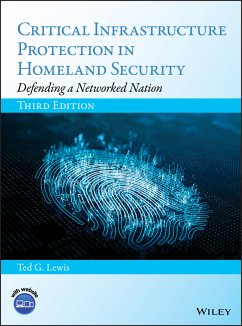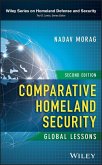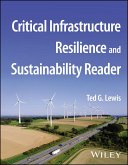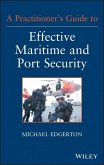Covers critical infrastructure protection, providing a rigorous treatment of risk, resilience, complex adaptive systems, and sector dependence Wide in scope, this classroom-tested book is the only one to emphasize a scientific approach to protecting the key infrastructures components of a nation. It analyzes the complex network of entities that make up a nation's infrastructure, and identifies vulnerabilities and risks in various sectors by combining network science, complexity theory, risk analysis, and modeling and simulation. This approach reduces the complex problem of protecting water supplies, energy pipelines, telecommunication stations, power grid, and Internet and Web networks to a much simpler problem of protecting a few critical nodes. The new third edition of Critical Infrastructure Protection in Homeland Security: Defending a Networked Nation incorporates a broader selection of ideas and sectors than the previous book. Divided into three sections, the first part looks at the historical origins of homeland security and critical infrastructure, and emphasizes current policy. The second examines theory and foundations, highlighting risk and resilience in the context of complexity theory, network science, and the prevailing theories of catastrophe. The last part covers the individual sectors, including communications, internet, cyber threats, information technology, social networks, SCADA, water and water treatment, energy, and more. * Covers theories of catastrophes, details of how sectors work, and how to deal with the problem of critical infrastructure protection's enormity and complexity * Places great emphasis on computer security and whole-community response * Includes PowerPoint slides for use by lecturers, as well as an instructor's guide with answers to exercises * Offers five robust appendices that augment the non-mathematical chapters with more rigorous explanations and mathematics Critical Infrastructure Protection in Homeland Security, Third Edition is an important book for upper-division undergraduates and first-year graduate students in political science, history, public administration, and computer technology. It will also be of great interest to professional security experts and policymakers.
Dieser Download kann aus rechtlichen Gründen nur mit Rechnungsadresse in A, B, BG, CY, CZ, D, DK, EW, E, FIN, F, GR, HR, H, IRL, I, LT, L, LR, M, NL, PL, P, R, S, SLO, SK ausgeliefert werden.









